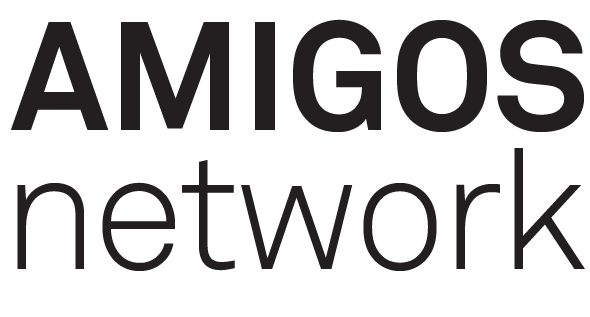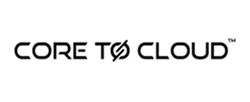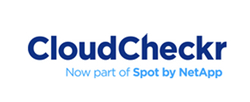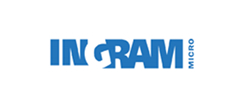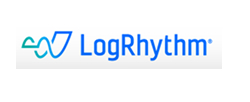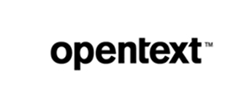Sunday, July 16, 2023 by Max Sherwood
In the world of B2B technology sales, finding the right approach to sustainable lead generation is crucial for market growth while still achieving short-term, more tactical objectives.
Three main options stand before budget holders: in-house, outsource, or a hybrid of the two.
Each path has its merits, but too often they aren’t properly assessed or integrated into systems and processes, leading to unnecessary silos, barriers and challenges. To help understand this critical decision, let's delve into the analogy of constructing a house to illustrate the benefits and considerations of each approach.
1. Building your foundations in-house
With the facility in-house, you have the autonomy to construct your marketing campaigns exactly as you envision them it. However, like building a house yourself, it requires significant effort and resources to ensure a sustainable and effective marketing program along with an associated budget that isn’t withdrawn if revenue forecasts dip.
This approach demands constant attention and skilful management to stay competitive and deliver meaningful results.
Building a house from scratch requires solid foundations, just as in-house demand creation forms the basis of your marketing strategy. By handling all marketing activities internally, companies retain a level of transparency that’s essential in today's digital markets.
2. Insource, Outsource Hybrid
In contrast, outsourced demand creation is akin to hiring professional contractors to build your marketing house. Companies can choose to partner with a multitude of service providers to boost performance in certain areas of the funnel such as content writers, telemarketing agencies, social media experts, event teams and so on. This is similar to hiring a team of individual experts to handle everything from plumbing, electrics, bricklaying.
3. 100% outsource
This can be appealing to new market entrants/start-ups who may not yet have ‘feet on the street’ and looking to supplement a sales head or two. But buyer beware. Whilst this can be appealing as you don’t have the hiring or office costs, you are buying disparate services which are a headache to manage and if you’re not skilled at providing a proper brief, deliverables end up being vague and disappointing.
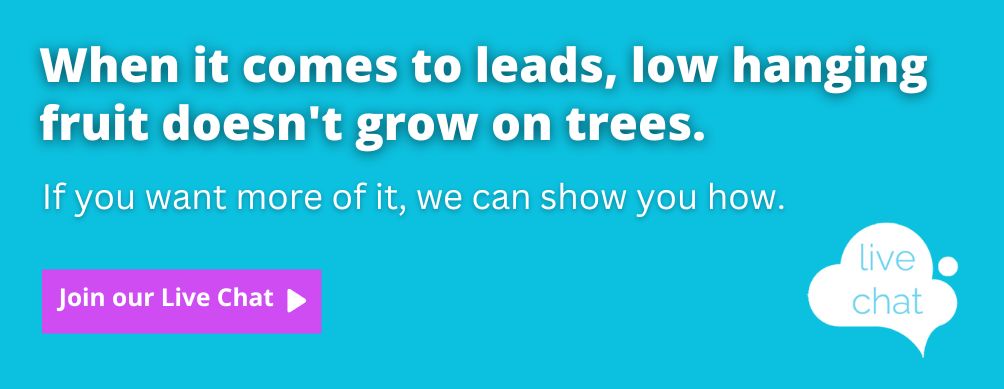
Making it work
In an ideal scenario if outsourced services are used it should be a seamless integration of in-house efforts and outsourced expertise. Just as the best houses are a harmonious blend of structural integrity and architectural finesse, a combination of in-house and outsourced marketing can yield remarkable results.
Prioritise seamless handover to sales: No matter how much budget/effort is put into creating the leads in the first place they are worthless without proper sales engagement. This seems obvious, but as is well publicised and our own experience demonstrates, most opportunities are lost in the ‘last mile’ – due to non-engagement by sales teams.
This is for many reasons too numerous to mention here, but ensuring the sales team are fully briefed, equipped and targeted to follow up is vital to the overall success of the programme.
Suffice to say, with marketing automation at the core, the two approaches can work hand-in-hand, ensuring full visibility and transparency. The transparency offered by in-house marketing is retained, while the expert resources and technology of outsourced demand creation can enhance efficiency and effectiveness.
Control and accountability: A critical factor is finding the right balance between control and accountability. Managing your marketing efforts internally gives you full control over every aspect, ensuring your vision and objectives are followed meticulously. However, once you bring in outside resource it can be challenging to maintain control and properly evaluate each component.
It's vital you either have the systems and processes internally to fully manage and control outsourced deliverables, or you choose a company that takes ownership of the lead “number” and is responsible for everything needed to achieve that.
An outsourced team’s entire focus should be delivering success – that’s what you’re paying them for.
Accountability for the end result. Who is it?
The problem often lies when marketing and sales need seamless reporting of the activity driving the buyer journey. Without it carries the potential of vanity metrics, where individual activities appear to perform well, but don’t go on to deliver an uplift in the sales number. This is because it can’t be/isn’t measured as part of a whole buying journey.
Outsourcing demand creation should bring a level of accountability to the table. Just like professional building contractors are responsible for meeting construction targets and health and safety standards, these marketing services businesses need to take ownership and responsibility for outcomes. This means meeting marketing goals, building brand value, and generating valuable leads – not just dump and run.
The added complexity of a 2-tier sales channel
If you’re a vendor with a sales channel your house can fall into disrepair very quickly if you don’t have the same level of visibility throughout the building of pipeline. It would be like trying to manage a housing estate-build multiple times over, remotely.
The quarter may get you the required number of attendees at an event, but what visibility of the progress will you have of the majority of those contacts a year down the line?
Summary
The choice between in-house and outsourced demand creation depends on the unique needs and objectives of each business. It is essential to strike the right balance between control and accountability while leveraging the best-in-class technology and resources available.
If outsourcing any element of demand/lead generation you either need the systems and processes in which to inject their individual outcomes so you can evaluate how successful their part was in the whole programme – not just as an individual component.
The alternative is to choose a supplier that will be accountable for the end-to-end process and sign up to SLAs and guarantees with an agreed ROI up front.
Then all you need to worry about is converting the pipeline.
Author: Max Sherwood, The Amigos Network
Contact: max.sherwood@theamigosnetwork.com
How we can help
Market Activation is a managed, plug-and-play demand creation service set up to serve the needs of the IT & Security channel's direct and 2-tier sales teams. It includes everything required to deliver high quality, high-intent leads - data, content, content management, martech, sales progression tools.
If you've got any questions, or would like a demo of how this could work for you, please get in touch.
Frequently Asked Questions
Market Activation identifies in-market buyers (via intent data, behavioural signals) and immediately engages them with tailored outreach (nurture tracks, one-to-one advisor sessions, community invites).
Demand Engine: Targeted outreach (email, ads, sponsorships) that scores clicks → qualified leads → sales-ready appointments.
Performance Dashboard: Real-time visibility into open rates, CTOR, CPL and lead progression via our online sales portal.
Content Amplification: Thought leadership shared in The Amigos Network drives deeper engagement and social proof.
Peer Validation: Prospects get candid feedback from peers on your solutions, shortening the evaluation cycle.
Pipeline Catalysis: Warm introductions and referral paths within the community fuel high- intent conversations.
- Top-of-Funnel: Build credibility through community content and events.
- Mid-Funnel: Leverage peer case studies, expert Q&As, and live demos to answer deep technical questions.
- Bottom-of-Funnel: Invite high-intent members to advisory councils or private 1:1 sessions, often the final nudge before purchase.
- Interesting content: We originate, curate, and syndicate different types of content we know our audiences want to engage with and tell them it’s there.
- Sponsored content: We use sponsored content to drive engagement with individual brands.
- Promotion: We promote that content via multiple channels such as email, social media, YouTube, and so on.
- Identification: We ingest company-level engagement signals and combine it with known contacts that may be researching key topics.
- Segmentation: Members are bucketed by level of intent (high, medium, low) plus ICP fit and company size.
- Activation: High-intent members receive prioritised community invitations (events, focus groups, product deep-dives) to accelerate deals.
- Purchased data highlights who’s in-market.
- Community engagement reveals what questions they’re asking, so your nurture can be hyper-relevant.
- Result: A 2–3× lift in meeting acceptance and pipeline velocity vs. cold outreach alone.
- Marketing owns the nurture tracks, community invites, educational content, and event promos.
- Sales intervenes only at “high-intent + active community engagement” thresholds, with account-specific demos and peer introductions.
- Outcome: Fewer wasted calls and a higher win rate on truly qualified opportunities.
- Engagement Metrics: Community log-ins, event attendance, content downloads.
- Intent Conversion: % of intent-scored members who join private roundtables or request demos.
- Pipeline Velocity: Time from first community touch to opportunity creation.
- Revenue Impact: Contribution of community-sourced deals to overall bookings.
- Average Weekly Open Rate: 40%
- Average Weekly Click-to-Open Rate: 70%
- Average Cost-per-Lead: £45
- Minimum ROI: 500%
- Average Dwell Times: 1 minute 45 seconds
